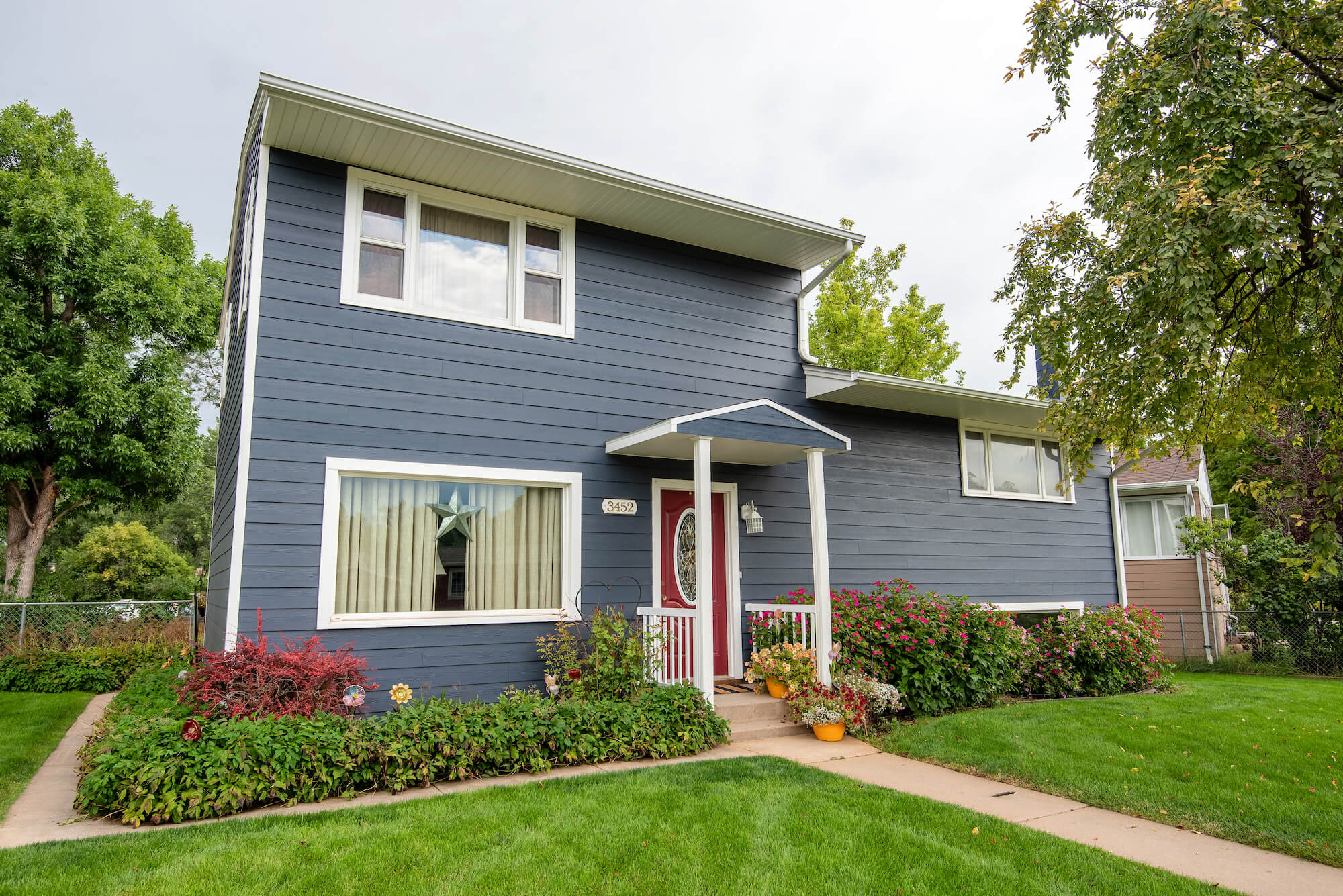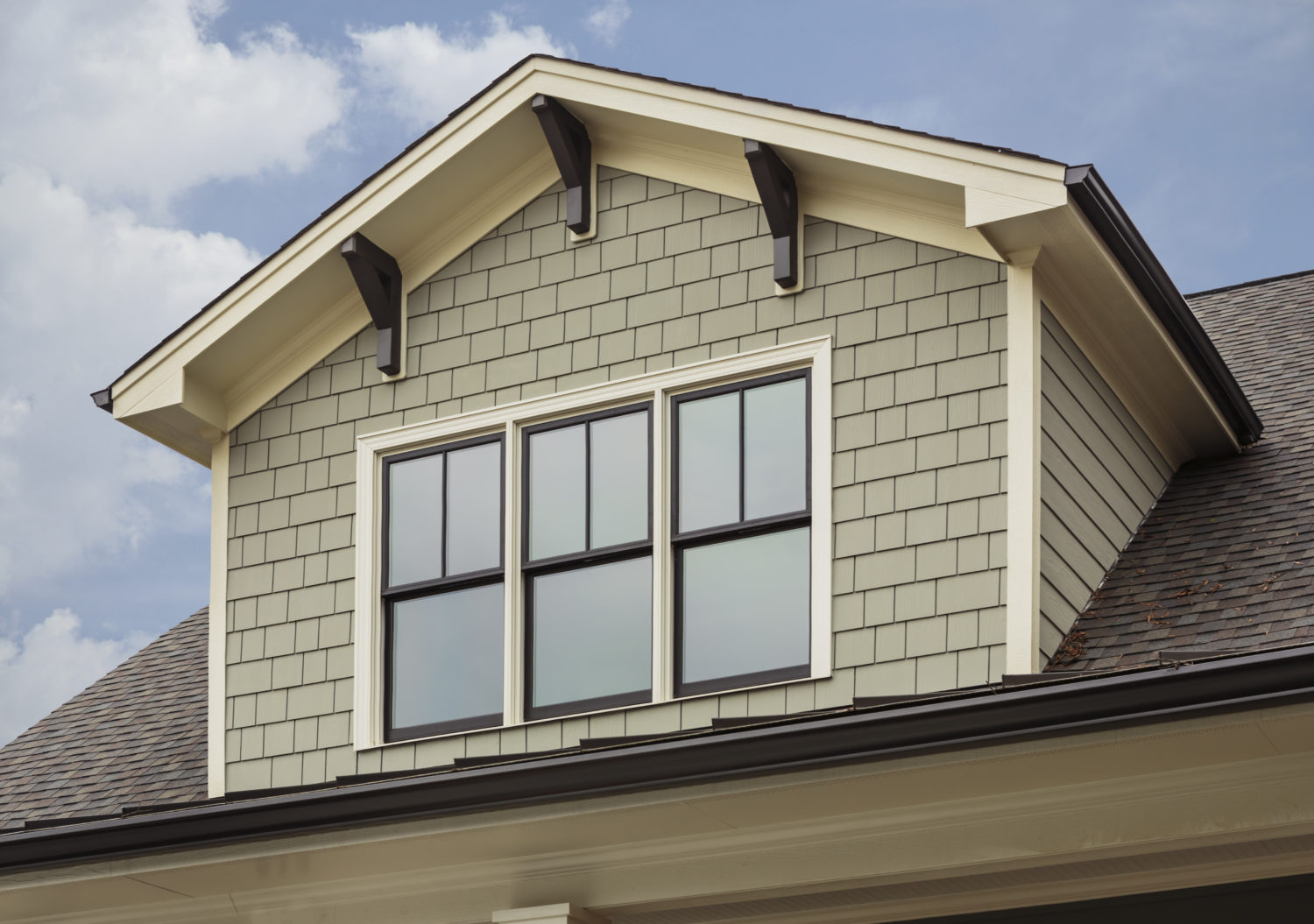Power Siding: A Comprehensive Guide to Modern Exterior Solutions
Exploring the realm of power siding opens up a world of innovative construction practices and cutting-edge materials. From enhancing the aesthetic appeal of buildings to improving durability, power siding offers a range of benefits that set it apart from traditional options.
Let's delve into the intricacies of power siding to understand how it can revolutionize the way we approach residential and commercial construction projects.
As we navigate through the different types, installation process, and maintenance considerations, the true power of power siding will become evident in reshaping the landscape of modern architecture.
Definition of Power Siding
Power siding is a type of siding used in residential or commercial construction to enhance the durability, aesthetics, and energy efficiency of a building. It involves the application of siding materials using specialized tools and techniques to create a protective and visually appealing exterior.
Materials Used in Power Siding
Power siding materials can vary depending on the specific needs of the project, but some common options include:
- Vinyl: Known for its low maintenance and affordability.
- Fiber Cement: Durable and resistant to fire, insects, and rot.
- Wood: Offers a natural and traditional look, but requires more maintenance.
- Composite: Combines different materials for enhanced performance and aesthetics.
Benefits of Power Siding
Compared to traditional siding options, power siding offers several advantages, such as:
- Enhanced Durability: Power siding materials are designed to withstand harsh weather conditions and protect the building from damage.
- Improved Energy Efficiency: Some power siding options provide better insulation, reducing energy costs for heating and cooling.
- Customization: Power siding comes in a variety of colors, textures, and styles, allowing for personalized design choices.
- Low Maintenance: Many power siding materials are easy to clean and require minimal upkeep over time.
Types of Power Siding
Vinyl and fiber cement are two popular types of power siding available in the market. Both options offer unique features and benefits for homeowners looking to enhance the exterior of their homes.
Vinyl Power Siding
Vinyl power siding is known for its affordability and low maintenance requirements. It is available in a wide range of colors and styles, making it a versatile option for various home designs. Vinyl siding is also resistant to rotting, warping, and insect damage, making it a durable choice for long-term use.
Fiber Cement Power Siding
Fiber cement power siding is a more durable option compared to vinyl siding. It is resistant to fire, moisture, and pests, making it a popular choice for homeowners seeking a long-lasting solution. Fiber cement siding can mimic the look of wood or stucco, providing a high-end appearance without the maintenance requirements of traditional materials.
Innovative and Eco-friendly Power Siding Options
Innovations in power siding have led to the development of eco-friendly options that prioritize sustainability and energy efficiency. Some examples include:
- Solar-Powered Siding:Siding panels embedded with solar cells to generate electricity for the home.
- Recycled Material Siding:Siding made from recycled materials such as plastic or wood fibers, reducing environmental impact.
- Living Wall Siding:Siding panels integrated with greenery to improve insulation and air quality.
These innovative options not only enhance the aesthetics of a home but also contribute to eco-friendly practices in construction and home improvement projects.
Installation Process
When it comes to installing power siding on a building, following a step-by-step process is crucial to ensure a smooth and efficient installation. It is important to pay attention to detail and take necessary precautions to overcome common challenges that may arise during the installation process.
Preparation and Planning
Before beginning the installation of power siding, it is essential to carefully plan and prepare for the project. This includes measuring the area where the siding will be installed, gathering all necessary tools and materials, and ensuring that the surface is clean and free of any debris or obstacles.
- Measure the area accurately to determine the amount of siding needed.
- Gather all tools and materials required for the installation, such as siding panels, nails, and a saw.
- Clean the surface where the siding will be installed to ensure a smooth and even application.
Installation Steps
Once the preparation and planning are complete, the actual installation process can begin. Follow these steps to install power siding on a building:
- Start by installing the corner pieces and trim around windows and doors.
- Begin at the bottom of the wall and work your way up, making sure each piece of siding is level and properly aligned.
- Secure the siding panels in place using nails or screws, following the manufacturer's instructions.
- Trim any excess siding at the end of each row to ensure a clean and seamless finish.
- Continue installing siding panels row by row until the entire wall is covered.
Tips for a Successful Installation
To ensure a successful installation of power siding, consider the following tips:
Use a chalk line to ensure that the siding is installed in a straight line.
- Work methodically and carefully to avoid mistakes or misalignments.
- Refer to the manufacturer's instructions for specific guidance on installation techniques.
- Take breaks as needed to prevent fatigue and maintain focus throughout the installation process.
Common Challenges and Solutions
During the installation of power siding, some common challenges may arise. Here are a few challenges and solutions to overcome them:
Warped or damaged siding panels:
- Inspect each panel before installation and replace any damaged pieces.
- If a panel is warped, apply gentle pressure to straighten it before securing it in place.
Uneven surfaces:
- Use shims or additional insulation to even out the surface before installing the siding.
- Consider hiring a professional contractor if the surface is too uneven for a DIY installation.
Maintenance and Longevity
Regular maintenance is crucial to ensure the longevity of power siding. By following proper care routines, you can extend the lifespan of your siding and keep it looking new for years to come.
Maintenance Requirements
- Regular cleaning with a mild detergent and water to remove dirt, dust, and grime.
- Inspecting for any signs of damage, such as cracks, warping, or loose panels, and promptly addressing them.
- Repainting or resealing the siding as needed to protect it from the elements.
Prolonging Lifespan
- Ensure proper installation to prevent issues that may arise from poor workmanship.
- Avoid using harsh chemicals or abrasive materials when cleaning to prevent damage to the siding surface.
- Trim vegetation near the siding to prevent moisture buildup and potential damage.
Cost-Effectiveness
Power siding is cost-effective in the long run due to its durability and minimal maintenance requirements. While initial installation costs may be higher than traditional siding options, the reduced need for frequent repairs and replacements can save you money over time.
Final Summary
In conclusion, power siding emerges as a pivotal player in the construction industry, blending functionality with style to create structures that stand the test of time. By embracing the versatility and longevity of power siding, we pave the way for a future where buildings not only look impressive but also withstand the elements with ease.
Frequently Asked Questions
What are the common materials used in power siding?
The materials commonly used in power siding include vinyl, fiber cement, and innovative eco-friendly options like composite materials.
How can I ensure a smooth installation process for power siding?
To ensure a smooth installation, it's essential to properly prepare the surface, follow manufacturer guidelines, and hire experienced professionals for the job.
What maintenance practices are required to prolong the lifespan of power siding?
Regular cleaning, inspection for damage, and prompt repairs are key maintenance practices to prolong the lifespan of power siding and maintain its aesthetic appeal.
Is power siding cost-effective in the long run compared to traditional siding options?
While the initial cost of power siding may be higher, its durability and low maintenance requirements make it cost-effective in the long run compared to traditional siding options that may require more frequent repairs and replacements.



